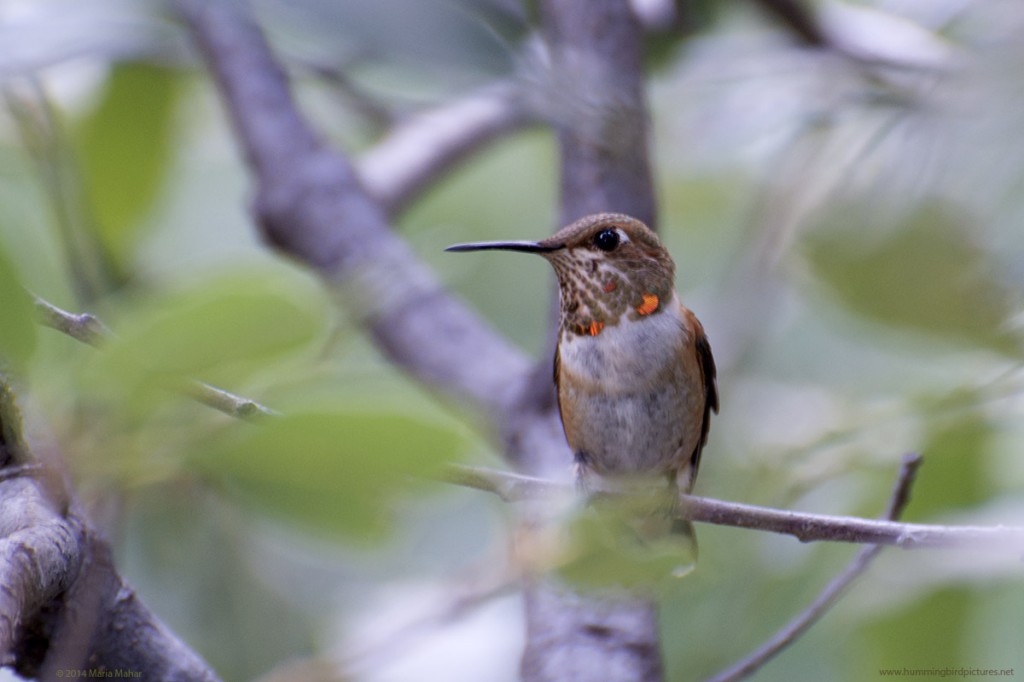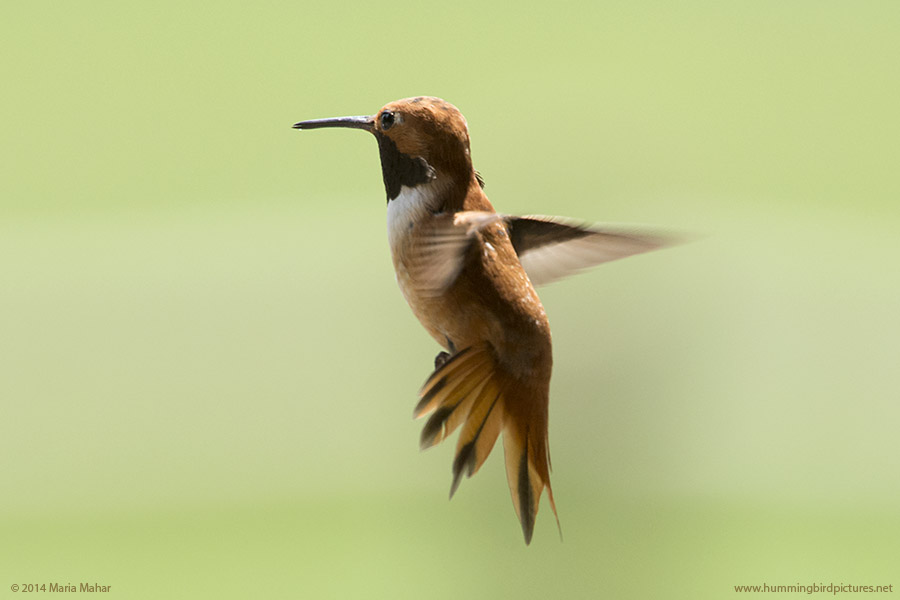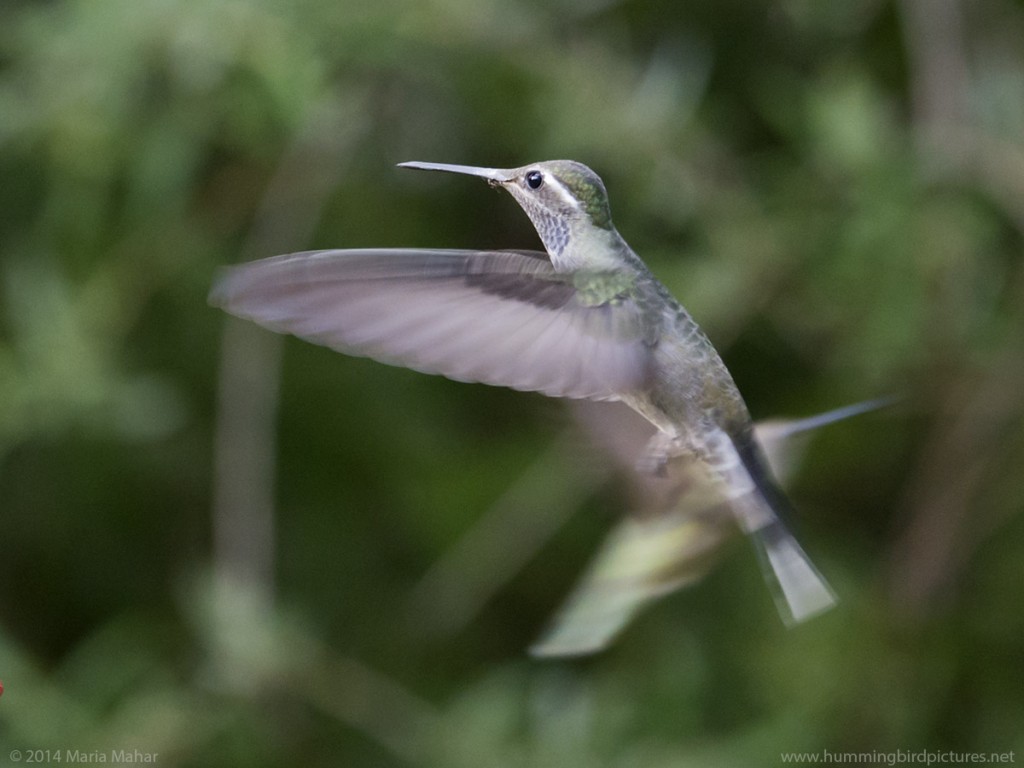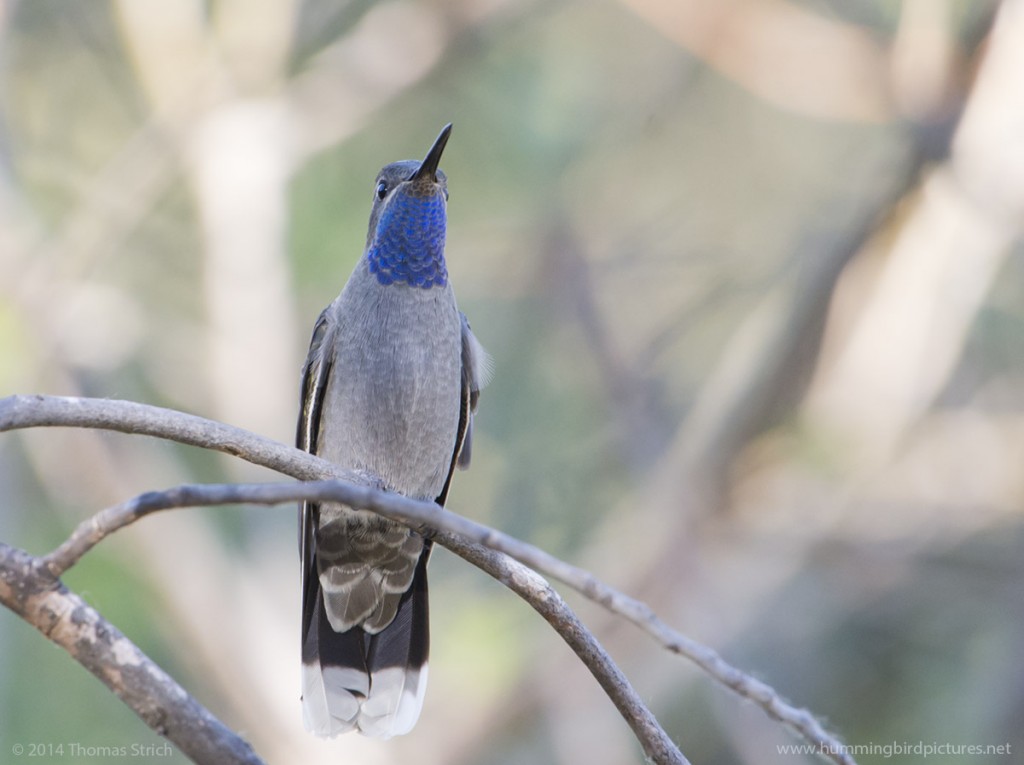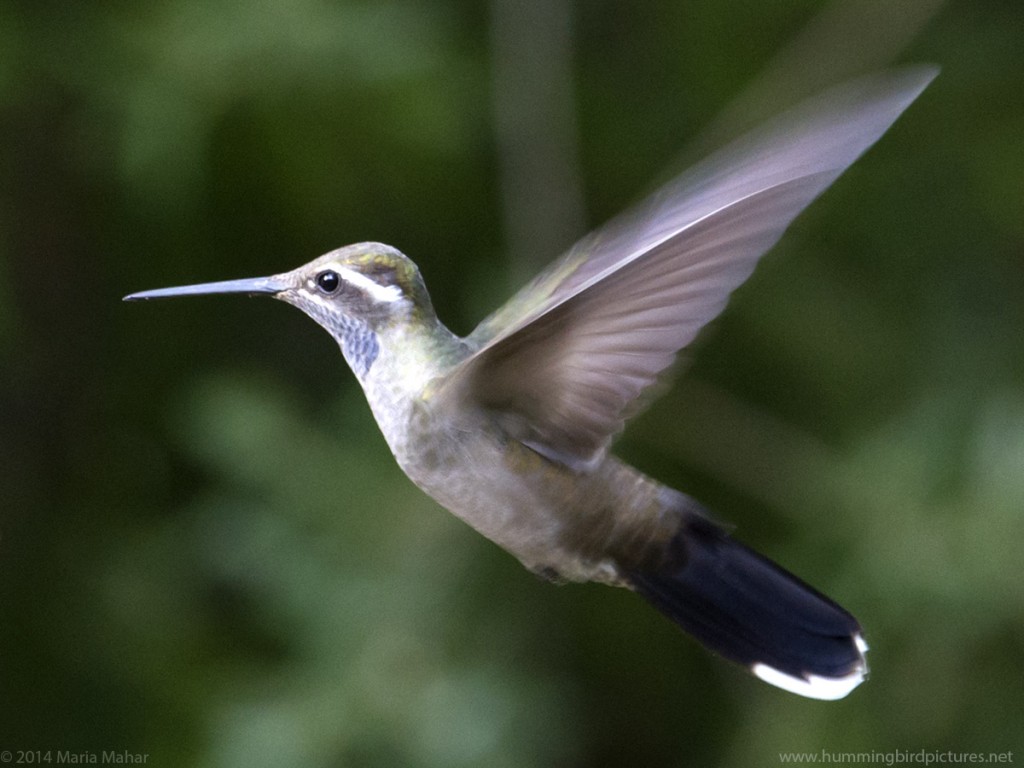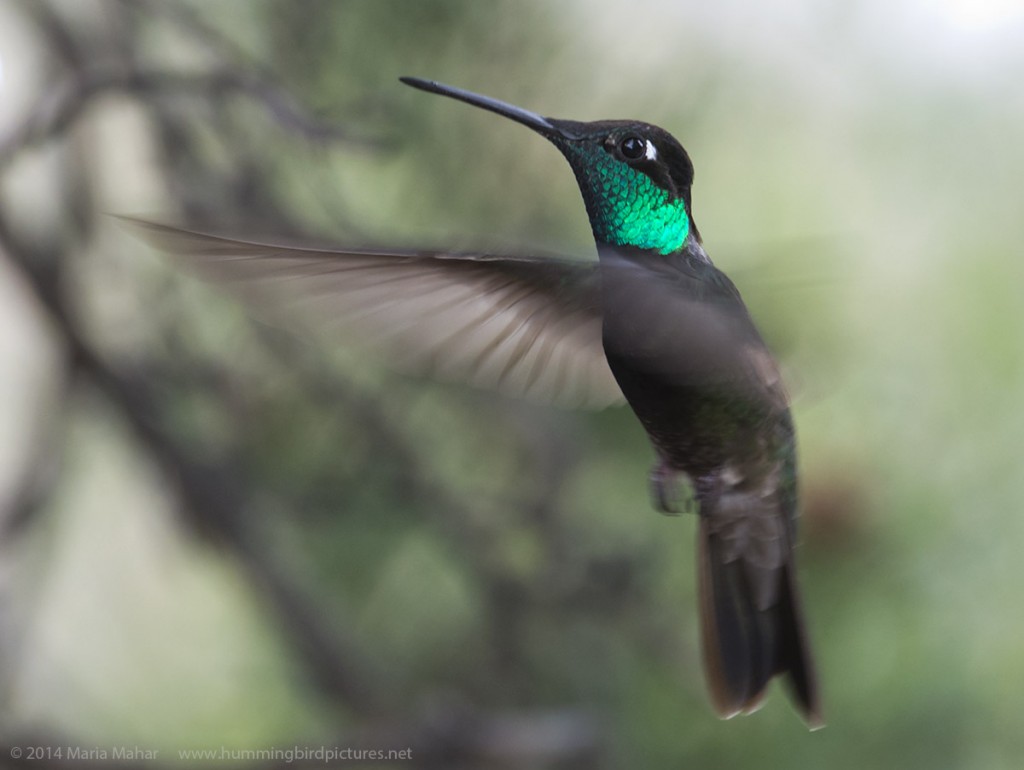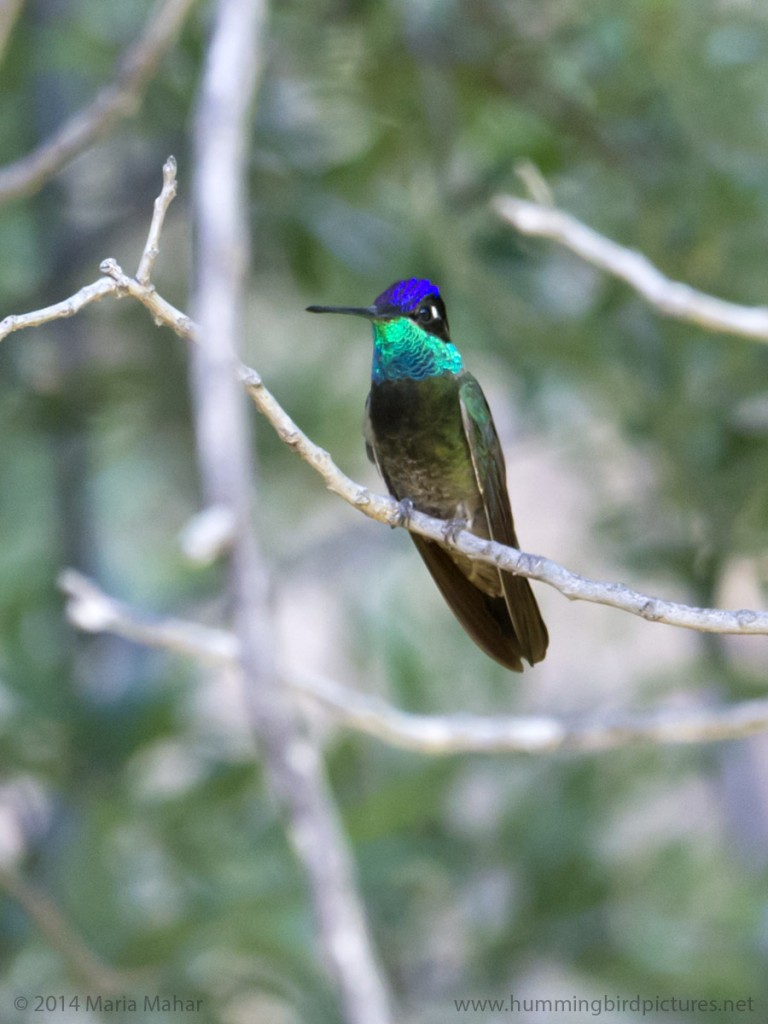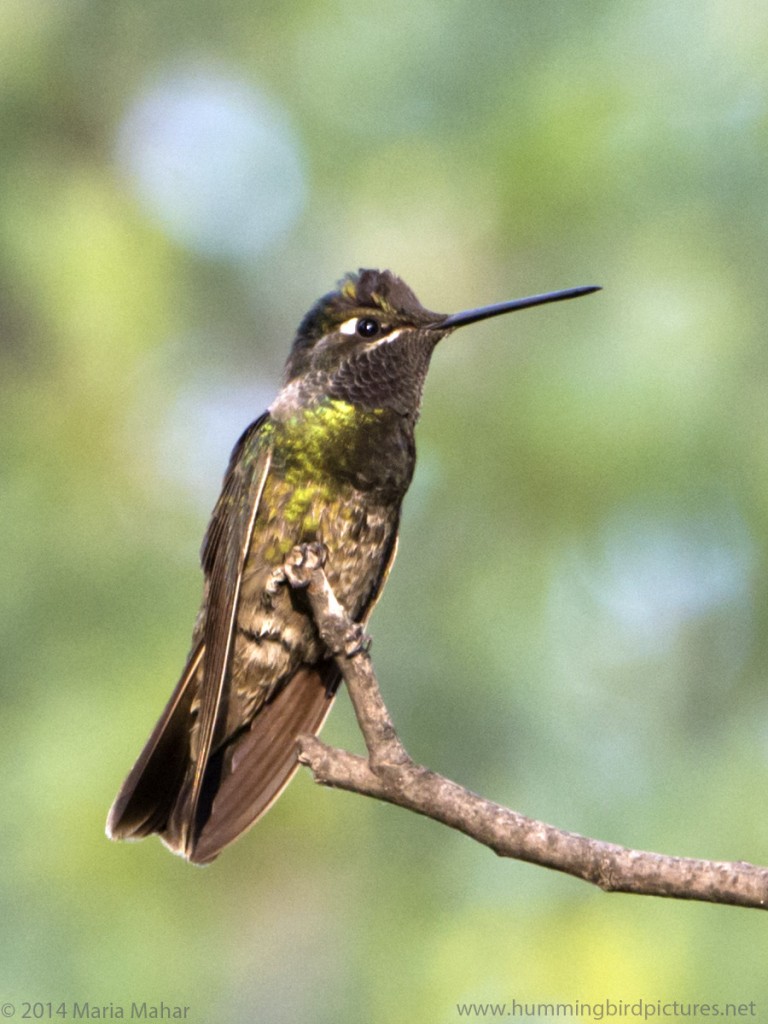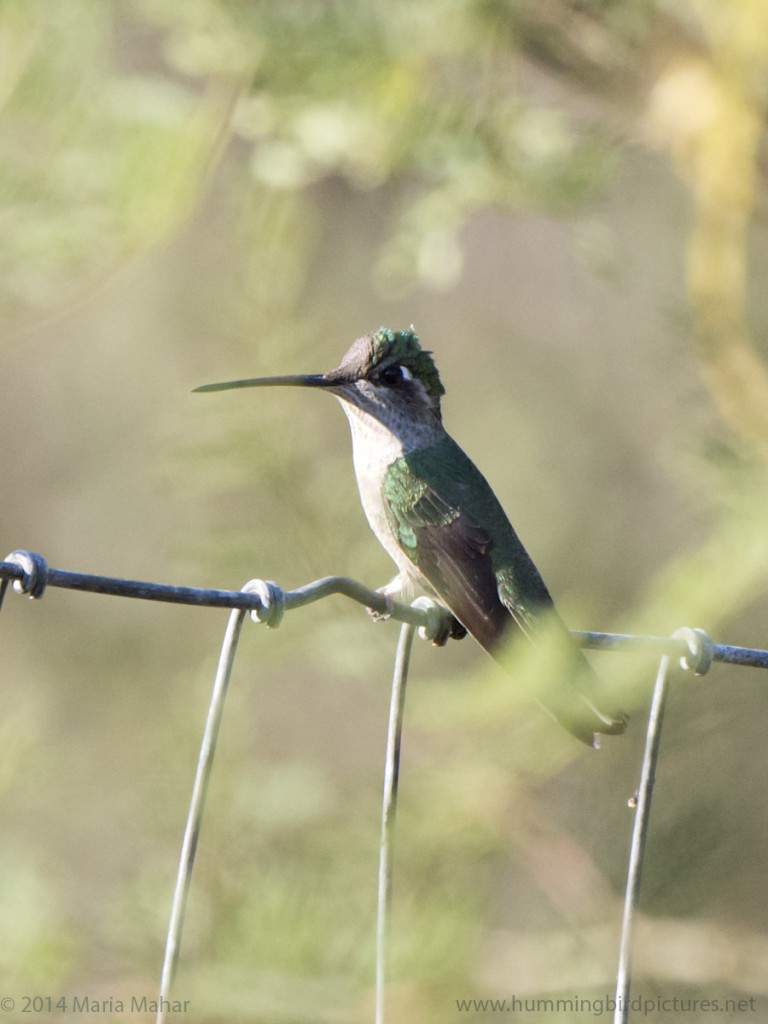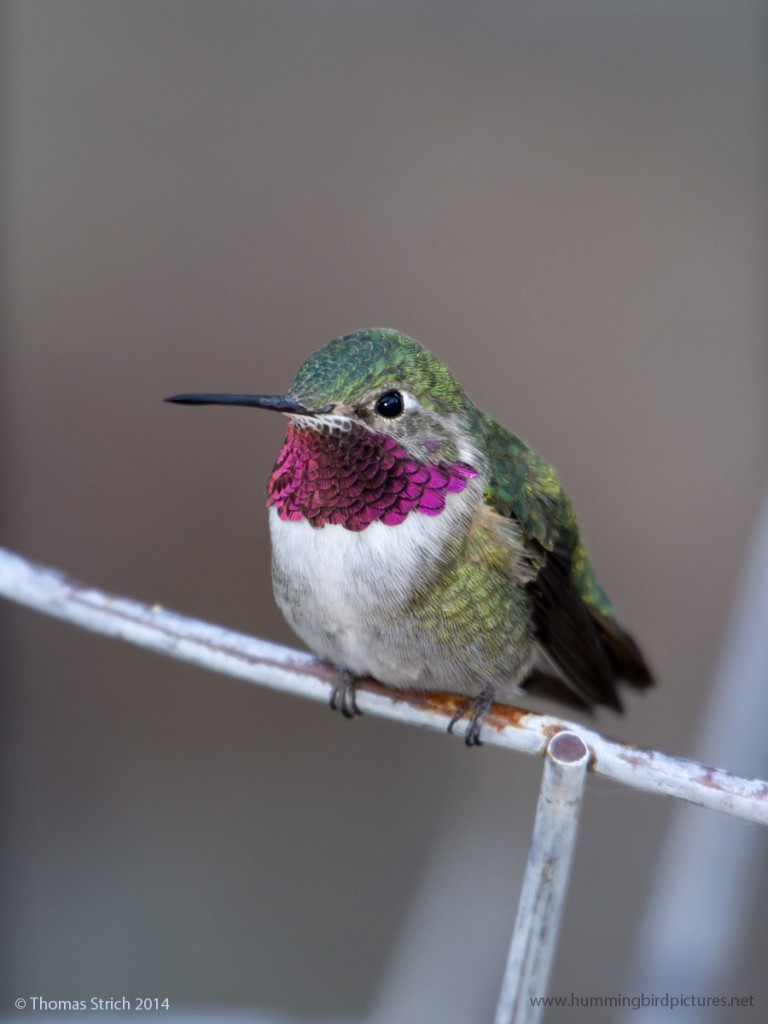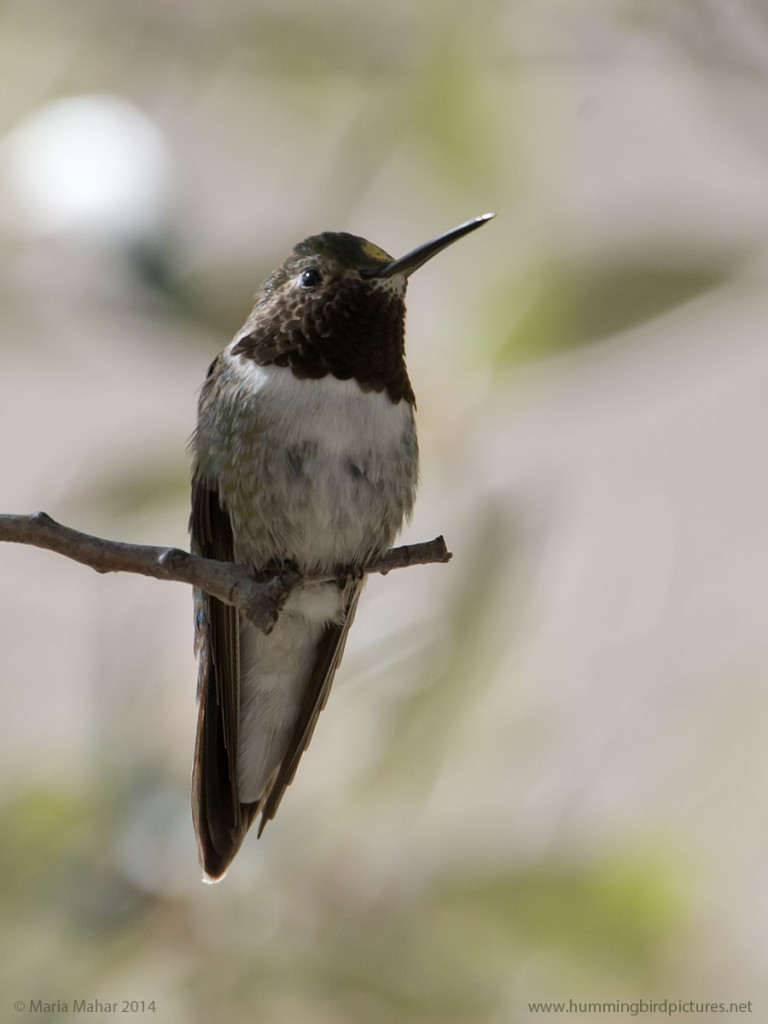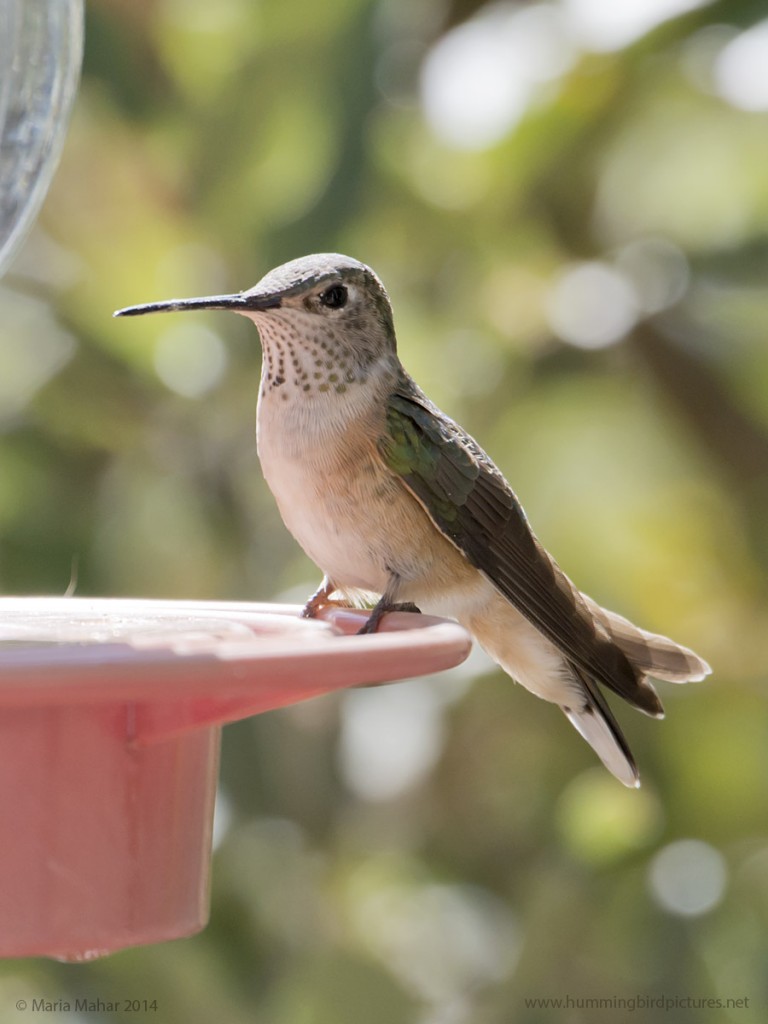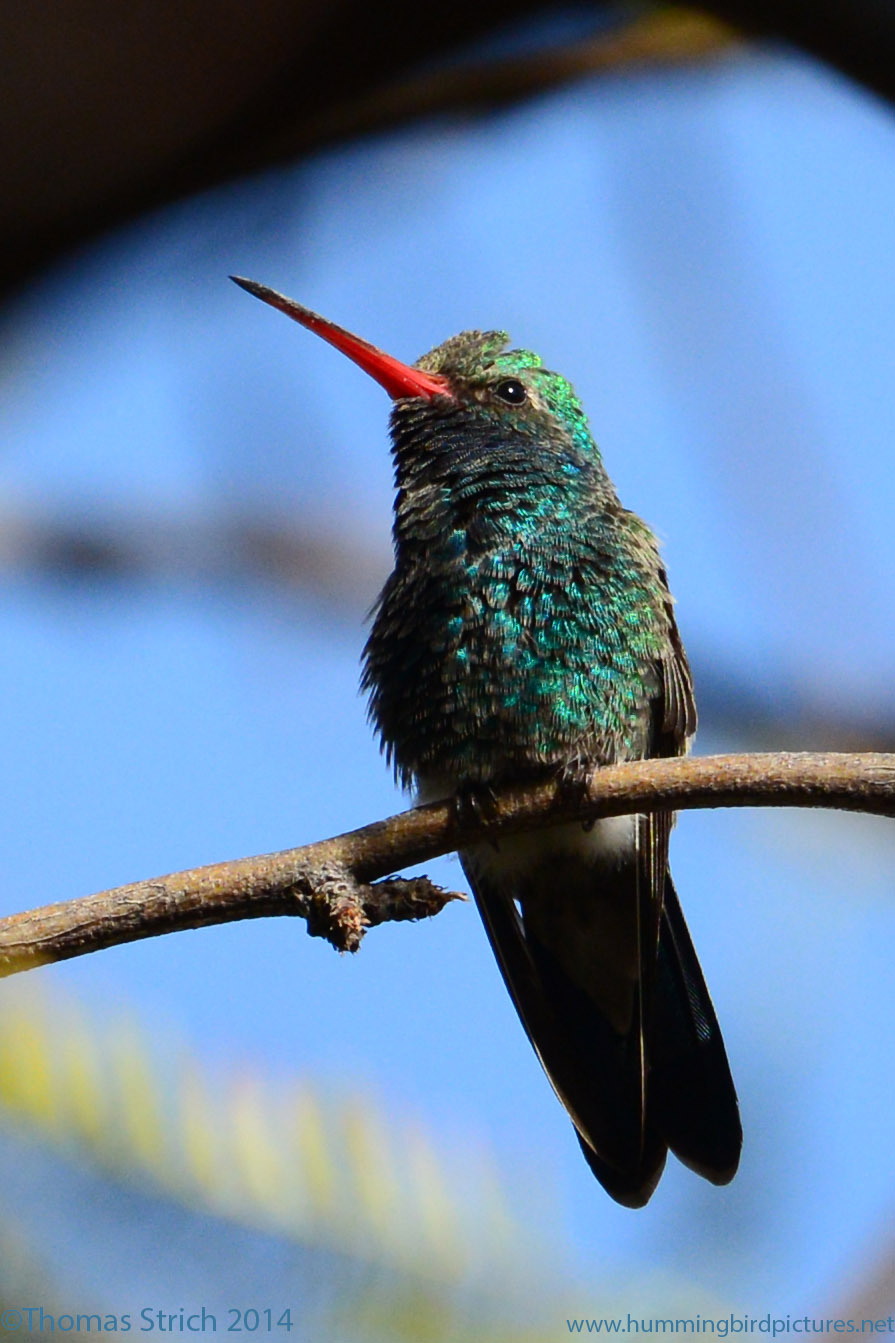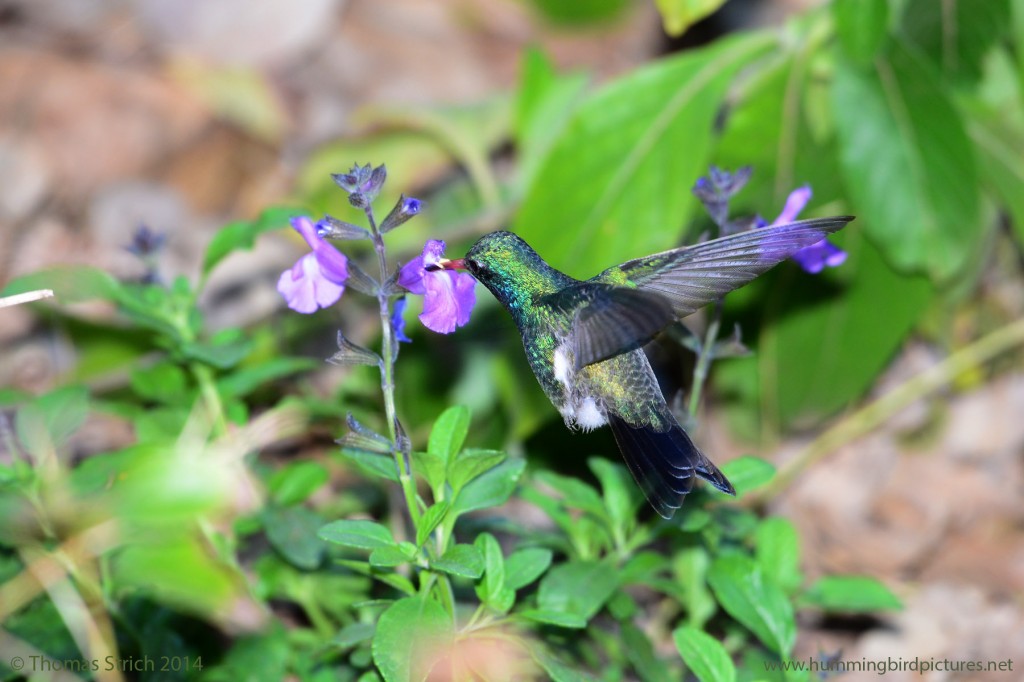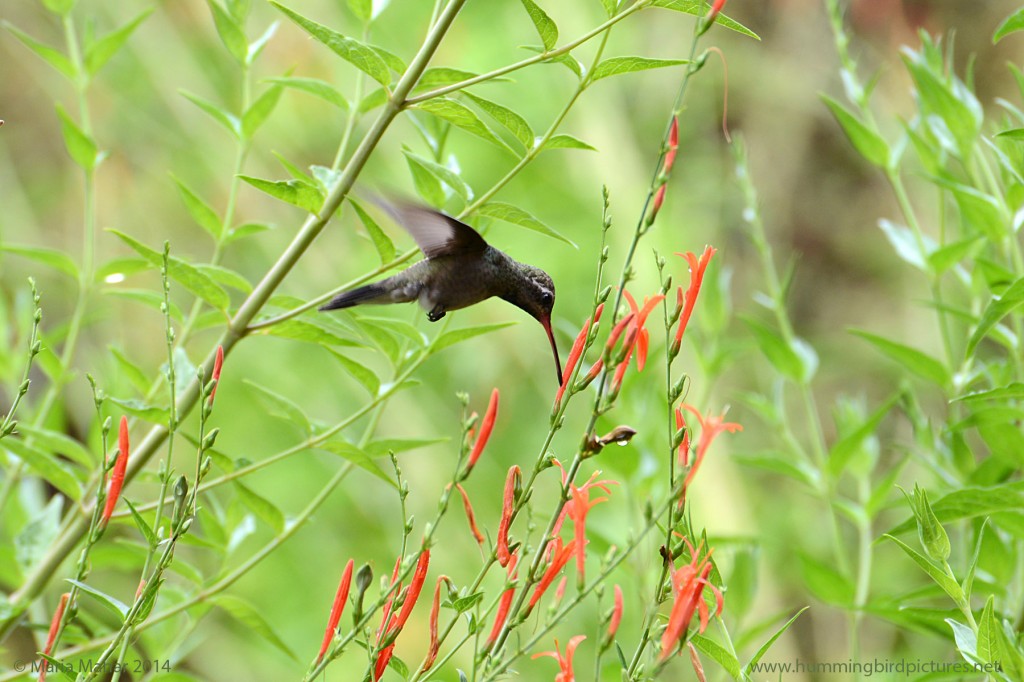The Rufous Hummingbird is a dashing little hummingbird, bright orange and rust colored.
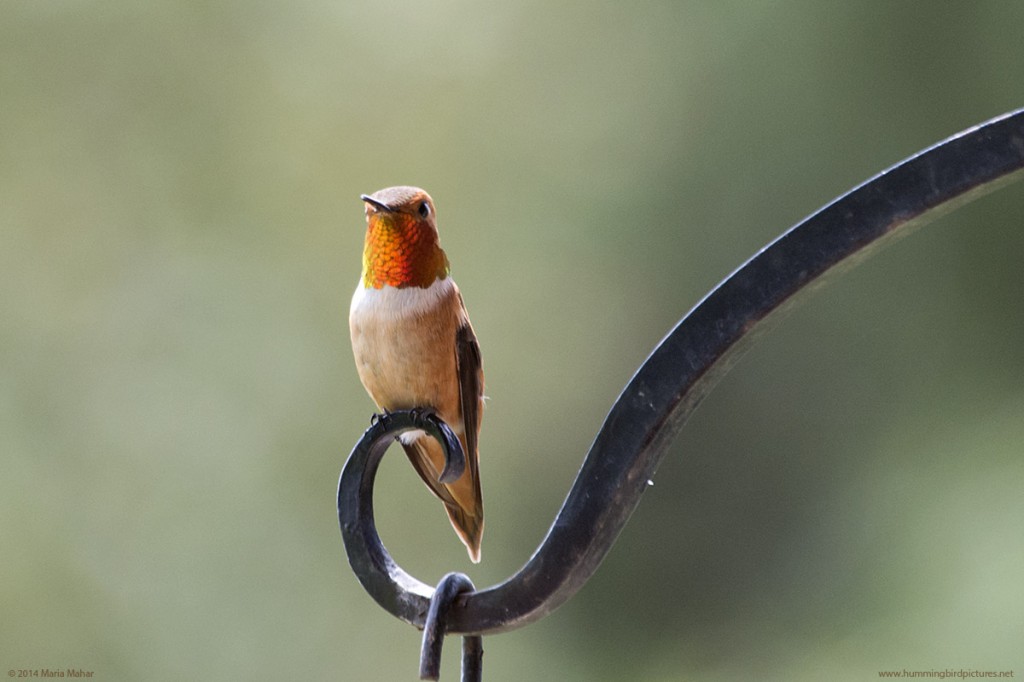

Rufous Hummingbird – beautiful, small but …
Many people really like the Rufous. Its small size, bright color, and speed are appealing. The Rufous Hummingbird was even named 2014 Bird of the Year by the American Birding Association.
Then there’s the Rufous attitude. The Rufous Hummingbird is known for being “aggressive”. Maybe aggressive seems unlikely, given its small size …
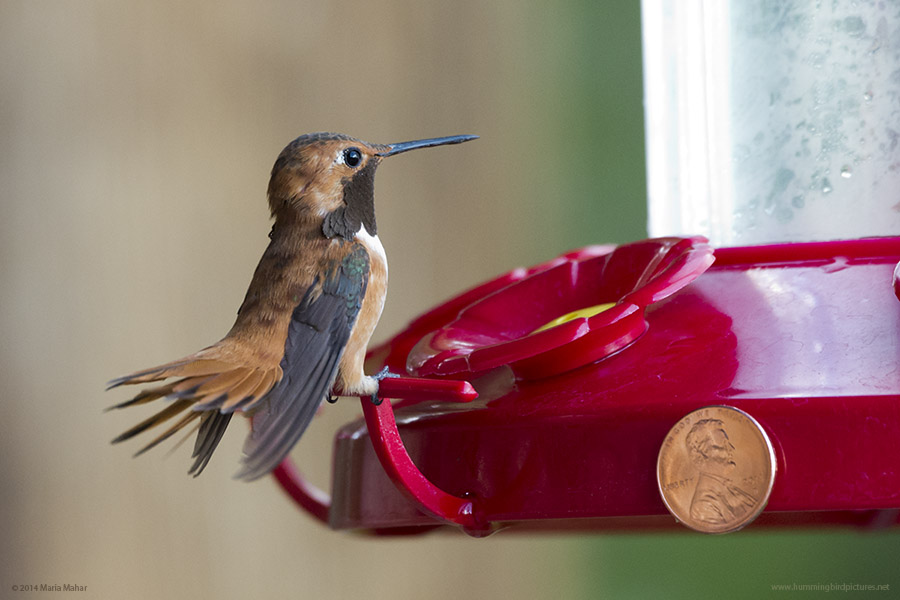
but once you have seen a male Rufous Hummingbird … or males … around a feeder, you will understand their reputation.
Video of a Rufous Hummingbird guarding a very large feeder
This male Rufous Hummingbird spent much more time defending that large feeder than drinking from it. This video was recorded at the Cave Creek Research Station near Portal, Arizona in late July 2013.
Competition
At times, a male Rufous Hummingbird will focus on other Rufous males as they approach a feeder. The males may confront and chase each other rather than feed, while the rest of the hummingbirds look on or continue to drink.
Conflict at the feeders is not constant, however. In this Hummingbird Migration post, you can see that even Rufous males can settle down and tolerate other hummingbirds for a short time.
Female Rufous Hummingbird
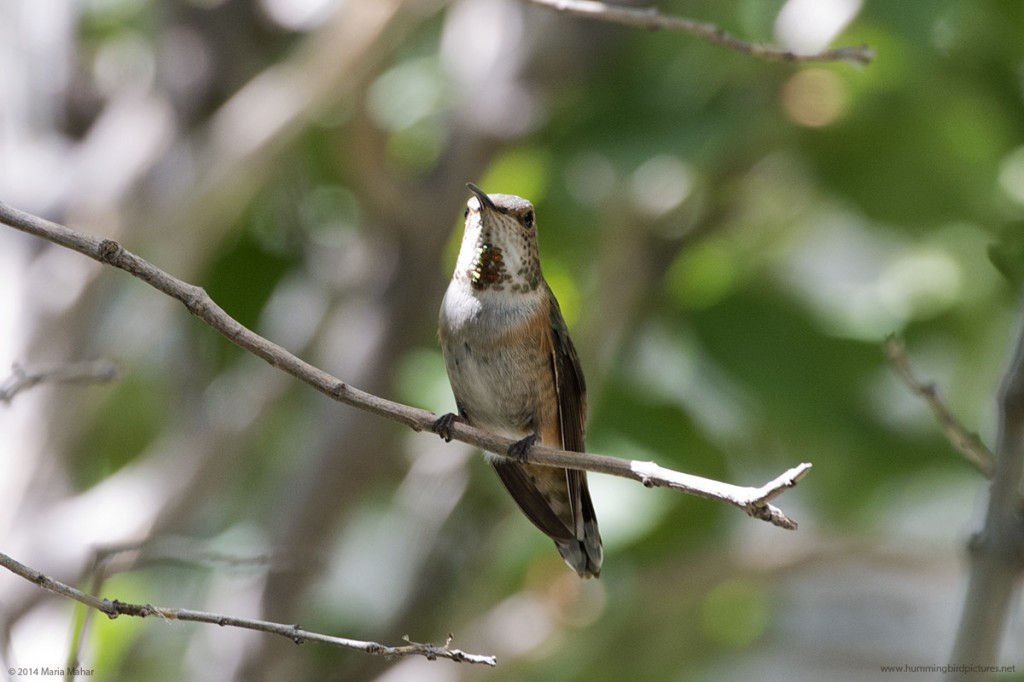
Here is a female Rufous Hummingbird. The females and immature hummingbirds often look alike, so it can be tough to tell them apart. During fall migration, the young hummingbirds are mixed in with the females. It is also challenging to tell them apart from female or immature Broad-tailed Hummingbirds.
Young male Rufous Hummingbird
Here is an immature Rufous Hummingbird. This bird had a few scattered gorget feathers coming in, which led to identifying him as a young male. Immature males may also have heavy striping down the throat area, as this hummingbird does.
To identify the female and the young male above, I relied upon multiple photos of each hummingbird, a hummingbird bander’s tip on looking for some white around the orange gorget spot on females (thank you), the Beginner’s Guide to Hummingbirds*, and A Field Guide to Hummingbirds of North America**.
More about Rufous Hummingbirds
Rufous Hummingbird migrate hundreds … or thousands … of miles from their wintering grounds in Mexico (or southern United States) to their summer territories in the United States and Canada. The males lead the way, arriving in the Pacific Northwest as early as February. Some continue on to Alaska and northwestern Canada. The females follow afterward.
Check out the Spring 2016 Rufous migration map by the Journey North, an educational organization that tracks wildlife movement using citizen observations.
The males leave as early as June or July on their southward migration to their wintering grounds. The females and young follow a little later in the summer.
We have learned a lot about Rufous Hummingbirds from hummingbird banders and citizens, as well as biologists. Their efforts have proven that a population of Rufous overwinters in the southeastern United States, rather traveling to Mexico. Our thanks go out to them.
Name: Selasphorus rufus
Size: 3.5 to 4 inches (9 to 10 cm)
Longest known migration: 3,530 miles
An Aside – Rufous Hummingbird look-alike
The Rufous looks almost identical to the Allen’s Hummingbird, a slightly smaller hummingbird of coastal California and Oregon. How do you tell them apart? We had relied primarily on geographical location (southern and coastal California for Allen’s) and on back color for the males (red for Rufous).
While useful, apparently these shortcuts are not definitive. Telling a Rufous from an Allen’s lies in the shape of the tail feathers. The picture of a male Rufous Hummingbird below shows his red back and a flared tail. That notched tail feather, second from the bottom, is distinctive. That’s a Rufous tail feather.
If you are interested in telling Rufous and Allen’s Hummingbirds apart, check out this article by Sheri Williamson for a clear description of color and tail feather shapes and links to photos.
Thanks for coming by.
Subscribe below for updates!
Sources for identifying the birds: *Beginner’s Guide to Hummingbirds by Donald and Lillian Stokes and **A Field Guide to Hummingbirds of North America by Sheri Williamson
Sources for “More about Rufous Hummingbirds”: **A Field Guide to Hummingbirds of North America by Sheri Williamson

